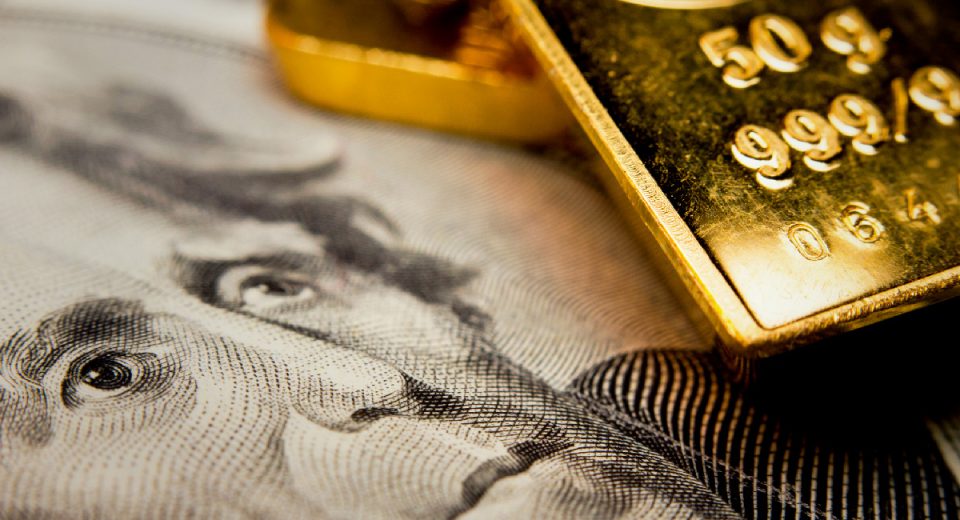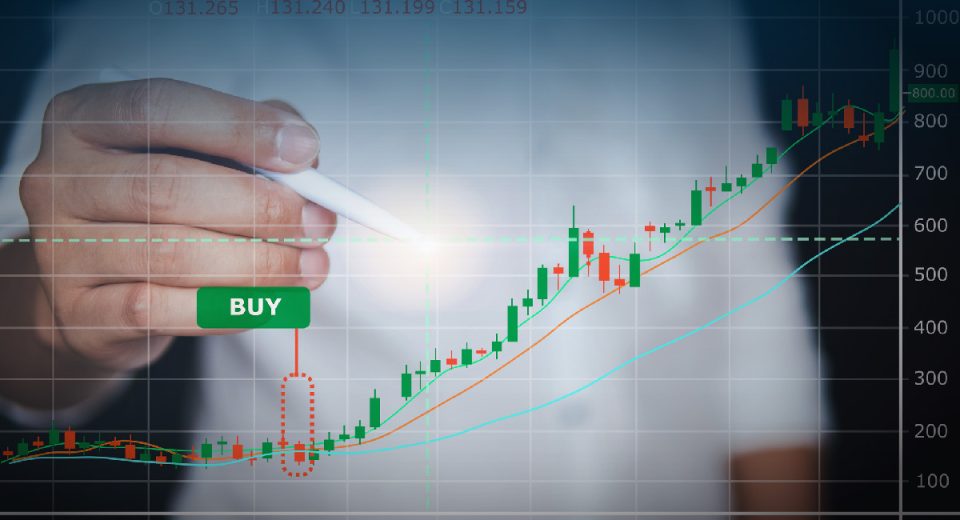The Dead Cat Bounce

One of the many popular strategies for short trades in forex is also one of the more macabre-named – Dead Cat Bounce. The term was first used in 1985, when the Singaporean and Malaysian stock markets recovered after a hard wall during recession. Referring to a small and brief recovery in the price of a stock or a currency, the term is based on a popular notion that even a dead cat bounces if it falls far and fast enough. Please note that the basic premise of this strategy is that the recovery is not very substantial, since the cat is dead! This means that traders should not expect a strong or sustained rally in this case.
Using Dead Cat Bounce for Forex Trades
An ideal trading strategy for short term trades, Dead Cat Bounce can, however, prove to be a trap for traders looking for long positions. Let’s first understand how it works.
It is a technical chart phenomenon that occurs during bearish moves or is a long-awaited correction of a long bearish trend. This trend is considered to be a continuation pattern, wherein the first bounce appears to be a reversal of the prevailing trend, but is immediately followed by a continuation of the downward movement, therefore making the earlier bounce a dead one, with the price usually dropping below the prior low. While short term traders can hope to earn profits from the brief rally or bounce, long term trades should be avoided.
Dead Cat Bounce is actually an indicator of the continuation of the market weakness and a further decline in prices. The chances of making profits by trading this pattern are higher if the initial drop in price is not only high but also occurs quickly.
How to Manage Risk
Traders of Dead Cat Bounce tend to manage risk through the use of stop loss orders. For instance, when they detect a Dead Cat Bounce pattern, they may initiate a short or sell position as close as possible to the high of the slight upward movement, and once the price starts moving down again, place a stop loss order just a little above the high of the minor pullback.
The Logic Behind Dead Cat Bounce
A simple pattern, Dead Cat Bounce has to be interpreted correctly for it to be used to make forex trades. For instance, an unexpected event catches the market off-guard, resulting in a sudden sell-off of the base currency against the quote currency. Now, once the selling subsides, some market participants decide to take profit on their short positions, while others enter long positions in the hope of the trigger event that resulted in the sell-off being mitigated. This leads to a bounce in the price, but once the short-term players who took profit are done and there is no more buying, the sellers take over, leading to another drop – this time, beyond the previous low.
An important thing to remember while identifying the Dead Cat Bounce pattern is that the pattern is not confirmed on the price bounce, since this is only the first signal. The confirmation comes when the price breaks the low of the previous bottom.
To conclude, Dead Cat Bounce may be extremely useful to day traders who look at the market from minute to minute and love volatility. The timely and correct identification of this pattern can be a great opportunity.
Disclaimer
If you liked this educational article please consult our Risk Disclosure Notice before starting to trade. Trading leveraged products involves a high level of risk. You may lose more than your invested capital.




